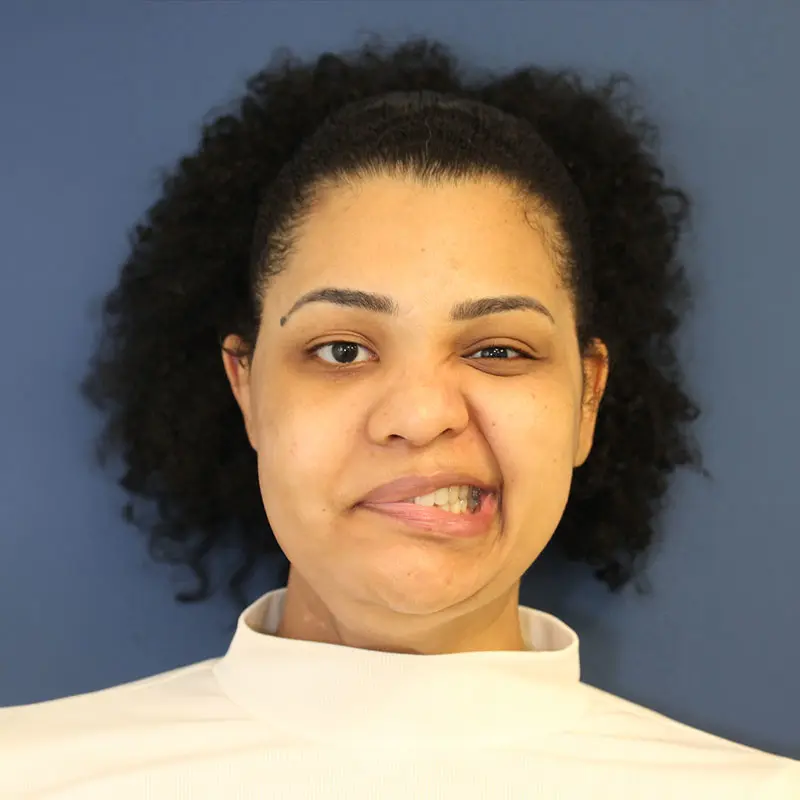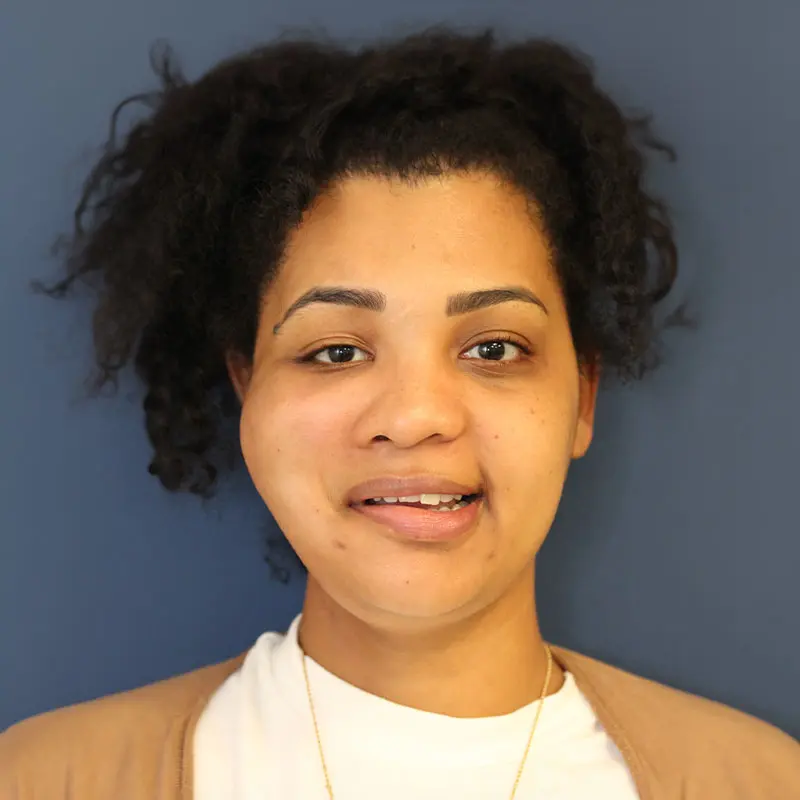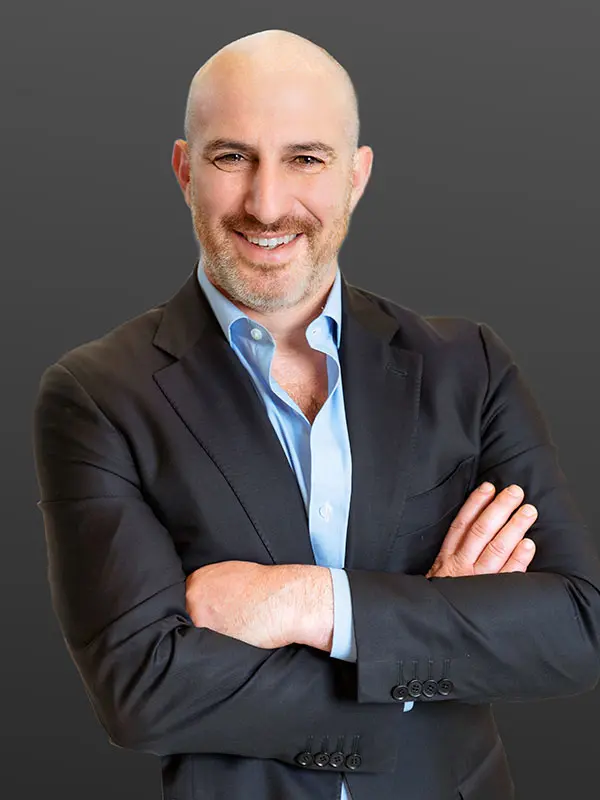The management of patients with facial paralysis has evolved significantly over the last two decades. While therapeutic approaches such as temporalis transfers and facial slings are effective, they often fall short of achieving what many patients really want—an aesthetically pleasing, natural-looking, spontaneous smile, says Joshua Rosenberg, MD, Chief of the Division of Facial Plastic and Reconstructive Surgery at the Icahn School of Medicine at Mount Sinai.
“Study after study has shown that people with facial paralysis have lower levels of social participation and higher rates of depression than those among the average population,” says Dr. Rosenberg, who has been at the forefront of bringing cutting-edge facial paralysis care to patients. “Facial paralysis is a devastating and disfiguring facial injury that requires the highest standard of care. We have the ability to deliver that, to get patients closer to a natural facial appearance than we could have a generation ago. That is what we are doing at Mount Sinai.”
Customizing Treatment for Each Patient
Over the past decade, the Division of Facial Plastic and Reconstructive Surgery has developed a comprehensive facial paralysis management program to help patients achieve optimal results. It starts with a consultation to assess the scope of patients’ facial paralysis, address their immediate issues of concern (such as the inability to close an eye), and develop a longer-term treatment plan.
For some patients, especially those with a new facial paralysis diagnosis and unclear prognosis for recovery, treatment often starts with a referral to specially trained physical therapists to begin facial retraining. Dr. Rosenberg says this is beneficial even in cases where the patient has very limited movement.
“After three to six months of therapy and monitoring, we have a much better idea of what their results are going to be,” Dr. Rosenberg says. “At that point, we can begin tailoring further interventions to meet their needs.”
For example, injections with neuromodulators such as Botox® are a minimally invasive and often powerful option for patients who regain function but experience chronic facial spasm with resulting poor smile movement and involuntary facial movements (also referred to as synkinesis).
Regaining Facial Function Using Novel Interventions
In cases where a patient’s facial function does not return, multiple interventions are offered. One option is a comprehensive facial reanimation, in which the patient’s facial nerve is connected to other motor nerves in the face to help them regain movement. This is often coupled with a cross-face nerve graft, connecting the nonfunctioning facial nerve to a functioning one on the other side of the face. Based on the degree of recovery the patient achieves following these procedures, the next step is often gracilis free muscle transfer surgery for enhanced facial animation and a bigger, broader smile.
“At Icahn Mount Sinai, we utilize multiple smile vectors to achieve not only facial movement, but also a smile that elicits joy and an overall better aesthetic outcome.”

A patient before treatment.

The same patient after treatment.
“We transplant the gracilis muscle from the inner thigh to the paralyzed side of a patient’s face, connecting it to key nerves and blood vessels. As it heals, the new muscle mimics the original facial muscles,” according to Mingyang Gray, MD, Assistant Professor of Facial Plastic and Reconstructive Surgery at Icahn Mount Sinai, and a member of the Facial Plastic and Reconstructive Surgery team. “At Icahn Mount Sinai, we utilize multiple smile vectors to achieve not only facial movement, but also a smile that elicits joy and an overall better aesthetic outcome.”
In all cases, the goal is to tailor treatment to best meet patients’ needs and goals. For some, it is simply the ability to fully close an eye. For others, it is the restoration of all their facial movements, including a more natural-looking smile. But the ultimate goal that drives the program is to enhance overall patient outcomes and satisfaction. The Facial Plastic and Reconstructive Surgery team is looking at several ways to do that, including novel approaches to rehabilitation therapy, advanced surgical procedures, and industry partnerships to develop new nerve technologies.
“This is an area where there is always room for growth,” says Dr. Rosenberg. “We are going to continue expanding our program in directions that will enhance the quality of life of our patients.”
Featured

Joshua Rosenberg, MD
Chief of the Division of Facial Plastic and Reconstructive Surgery

Mingyang Gray, MD
Assistant Professor of Facial Plastic and Reconstructive Surgery
